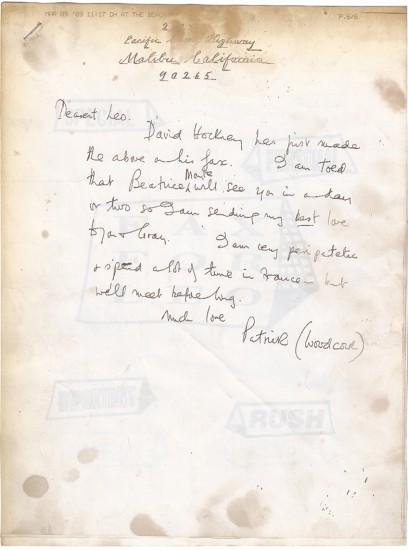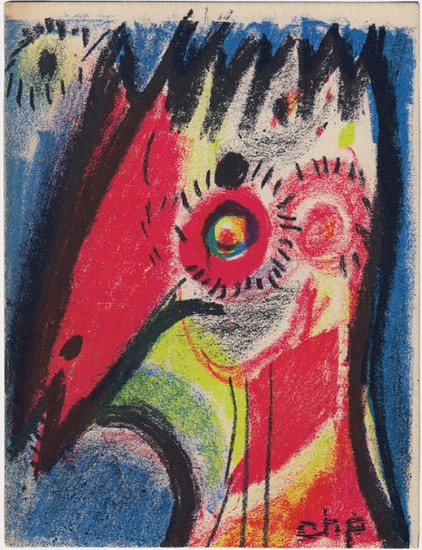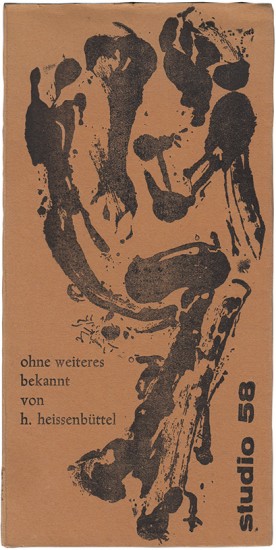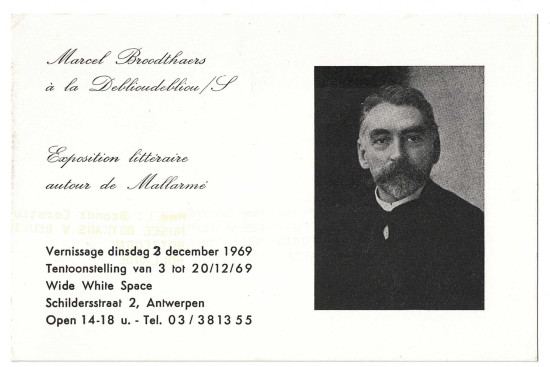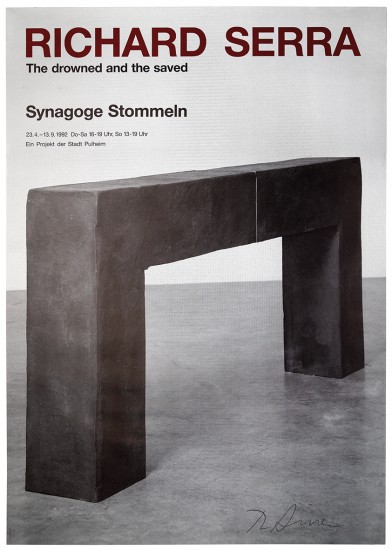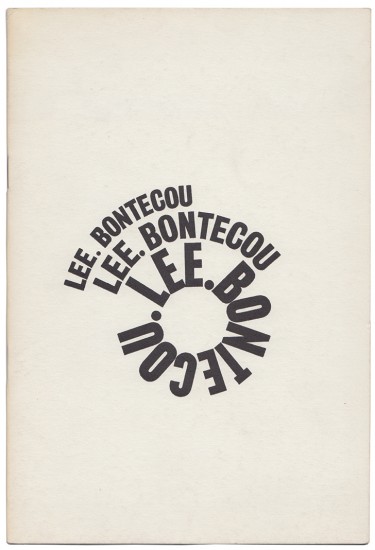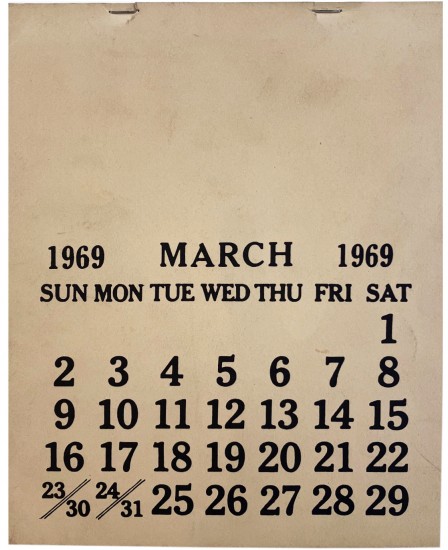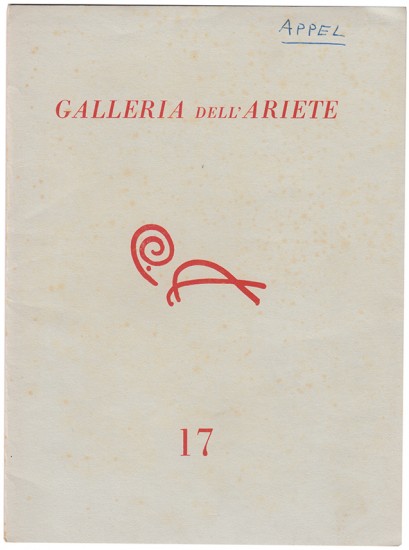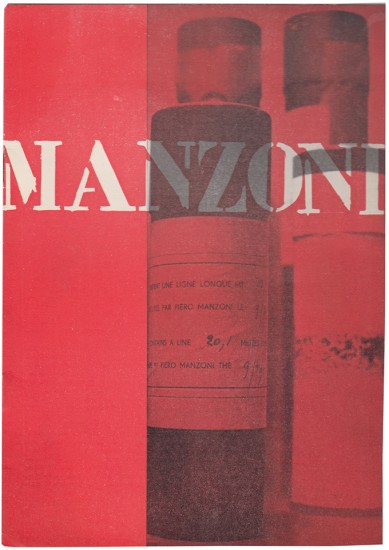The Developing Process
Hamilton, Richard
(Durham). King's College, University of Durham. 1959
A very good copy of the rare catalogue, designed by Richard Hamilton, for an instrumental exhibition of British art.
Published by King's College in the University of Durham on the occasion of the exhibition at the ICA London, 1959.
'Work in progress towards a new foundation of art teaching as developed at the Department of Art, Kings College, Durham University, Newcastle upon Tyne, and at Leeds College of Art'. (Catalogue subtitle).
'The 1959 exhibition ‘The Developing Process’ at the Institute of Contemporary Arts in London was instrumental in moving British art education forward. The exhibition documented art educational approaches reflecting Bauhaus influence, where emphasis was on the dynamic, open-ended nature of training. The exhibition opened on 29 April 1959 and closed the following month after a short run. Despite its London venue, the show had been conceived at King’s College at the University of Durham, where the progressive Department of Fine Art was lead by Victor Pasmore. The other organisers were Richard Hamilton, also based at Durham and who designed the catalogue, and Harry Thubron and Tom Hudson, both of whom were doing groundbreaking work at Leeds College of Art.'(Beth Williamson, 're-bus', Issue No. 2, 2008).
In his catalogue introduction for the exhibition Richard Coleman acknowledges the historical lineage of design when he remarks that ‘As a concept of art education, basic design has its origins in the Bauhaus, particularly the pedagogical work of Klee and Kandinsky and the teaching program of Johannes Itten.’ Yet, like the course itself, the Bauhaus was just a starting point, an opening up of possibilities. The ideas presented in the exhibition represented two differing attempts to move art education towards a more satisfactory solution and to resolve the inadequacies that were perceived within the system of training they sought to replace: Richard Hamilton and Victor Pasmore presented a constructivist approach, while Harry Thubron and Tom Hudson offered a more open, organic approach to teaching and learning. The important point, as Coleman notes, is that ‘Neither attempt is final nor are they closed systems and both are capable of developing to meet changing requirements.’ The flexibility inherent in these approaches was central to the creativity they embodied and the openness with which they operated. As Pasmore said, ‘the student is asked to embark not on a static imitative system, but on a dynamic voyage of discovery….’. In practice, however, students were not always free to pursue their own creative processes in the way they would have wished. This is what Richard Hamilton has to say about his own teaching: 'The tasks I set my first year students are designed to allow only a reasoned result. Rarely is a problem presented in terms which permit free expression or even aesthetic decision. The student is prompted to think of his work as diagrams of thought processes – equipment which will enable him to derive further conclusions. Artistic personality or manipulative charm is coincidental to the result'. (Beth Williamson, 're-bus' Issue No. 2, 2008).
Further contributors to the ICA exhibition included Terry Frost, Alan Davie, Hubert Dalwood and Lawrence Gowing. Each of the contributors exhibited their ideas though the use of 24 large panels, a list of which is inserted into the catalogue, and detailed images reproduced throughout.
Published by King's College in the University of Durham on the occasion of the exhibition at the ICA London, 1959.
'Work in progress towards a new foundation of art teaching as developed at the Department of Art, Kings College, Durham University, Newcastle upon Tyne, and at Leeds College of Art'. (Catalogue subtitle).
'The 1959 exhibition ‘The Developing Process’ at the Institute of Contemporary Arts in London was instrumental in moving British art education forward. The exhibition documented art educational approaches reflecting Bauhaus influence, where emphasis was on the dynamic, open-ended nature of training. The exhibition opened on 29 April 1959 and closed the following month after a short run. Despite its London venue, the show had been conceived at King’s College at the University of Durham, where the progressive Department of Fine Art was lead by Victor Pasmore. The other organisers were Richard Hamilton, also based at Durham and who designed the catalogue, and Harry Thubron and Tom Hudson, both of whom were doing groundbreaking work at Leeds College of Art.'(Beth Williamson, 're-bus', Issue No. 2, 2008).
In his catalogue introduction for the exhibition Richard Coleman acknowledges the historical lineage of design when he remarks that ‘As a concept of art education, basic design has its origins in the Bauhaus, particularly the pedagogical work of Klee and Kandinsky and the teaching program of Johannes Itten.’ Yet, like the course itself, the Bauhaus was just a starting point, an opening up of possibilities. The ideas presented in the exhibition represented two differing attempts to move art education towards a more satisfactory solution and to resolve the inadequacies that were perceived within the system of training they sought to replace: Richard Hamilton and Victor Pasmore presented a constructivist approach, while Harry Thubron and Tom Hudson offered a more open, organic approach to teaching and learning. The important point, as Coleman notes, is that ‘Neither attempt is final nor are they closed systems and both are capable of developing to meet changing requirements.’ The flexibility inherent in these approaches was central to the creativity they embodied and the openness with which they operated. As Pasmore said, ‘the student is asked to embark not on a static imitative system, but on a dynamic voyage of discovery….’. In practice, however, students were not always free to pursue their own creative processes in the way they would have wished. This is what Richard Hamilton has to say about his own teaching: 'The tasks I set my first year students are designed to allow only a reasoned result. Rarely is a problem presented in terms which permit free expression or even aesthetic decision. The student is prompted to think of his work as diagrams of thought processes – equipment which will enable him to derive further conclusions. Artistic personality or manipulative charm is coincidental to the result'. (Beth Williamson, 're-bus' Issue No. 2, 2008).
Further contributors to the ICA exhibition included Terry Frost, Alan Davie, Hubert Dalwood and Lawrence Gowing. Each of the contributors exhibited their ideas though the use of 24 large panels, a list of which is inserted into the catalogue, and detailed images reproduced throughout.
pp. 48. 8vo. (160 x 240 mm). Leaf with title, publisher's credits and exhibition contributors etc. verso, leaf with contents, Roger Coleman's introduction, contributions of Victor Pasmore, Harry Thubron and others, profusely illustrated in monochrome throughout, final leaf verso with design credit; also included, inserted loose, is the single leaf with a catalogue of 24 exhibited panels. Original publisher's printed wrappers with illustration in black over covers and spine and title in white to front cover and spine.
#48588
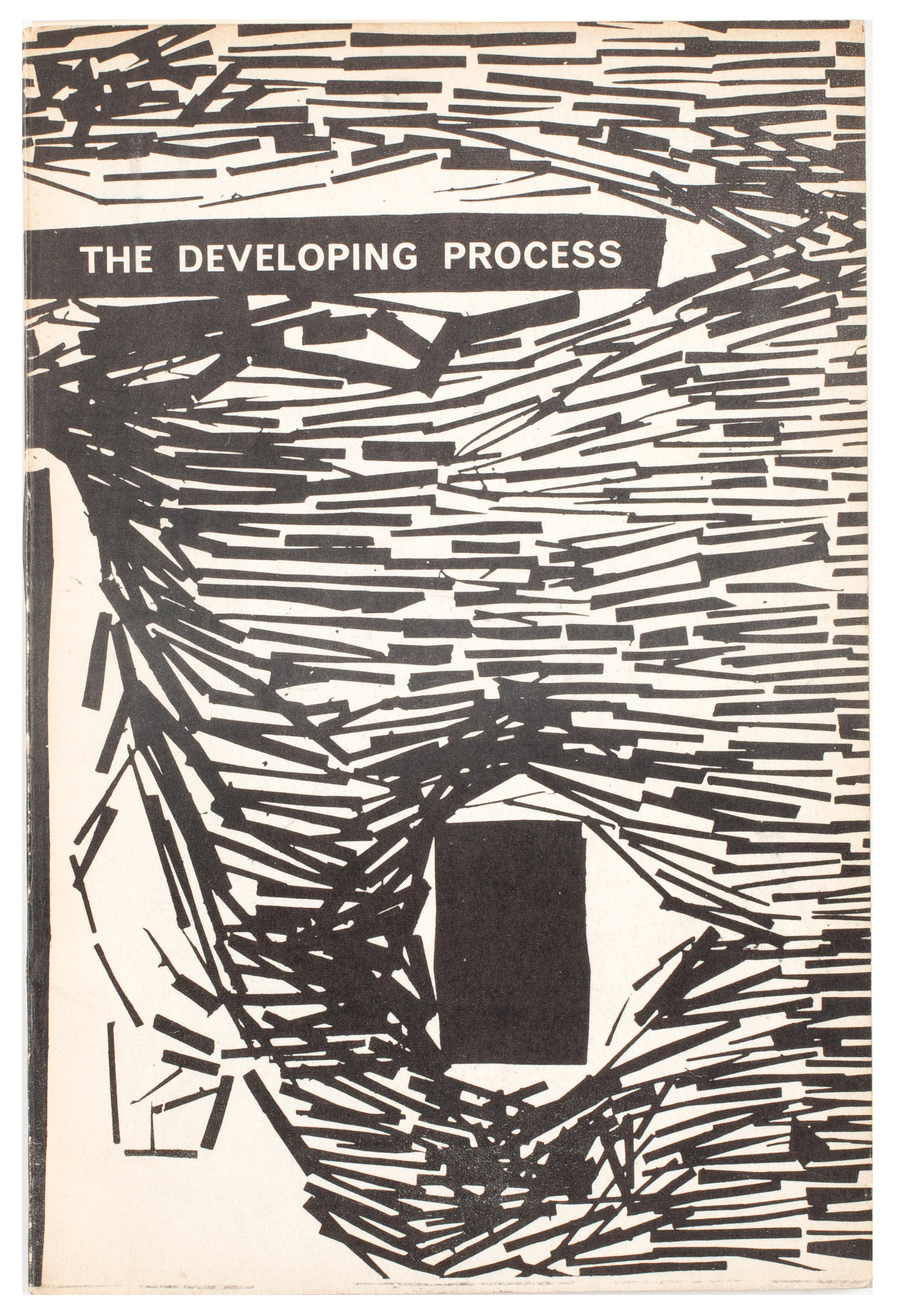
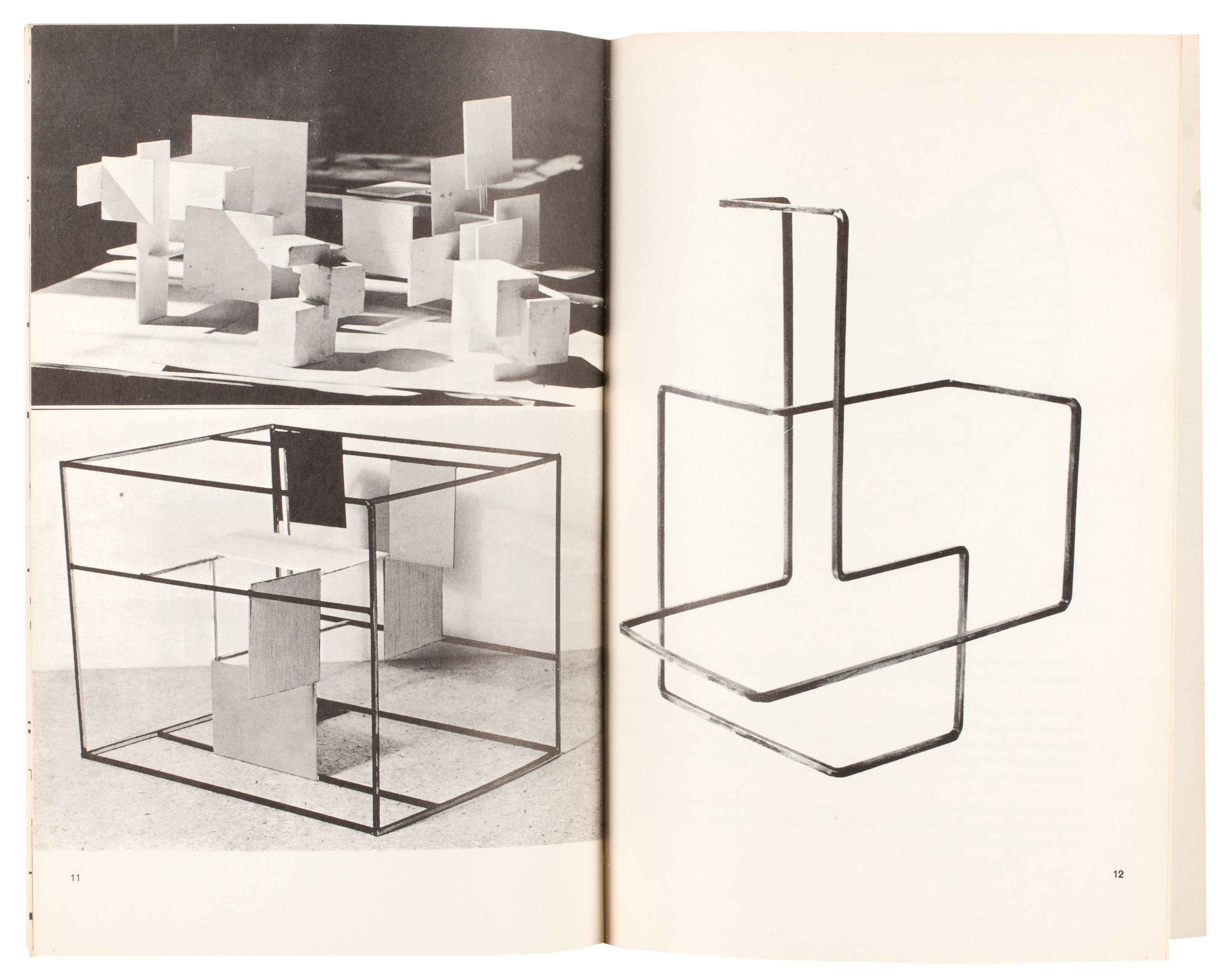
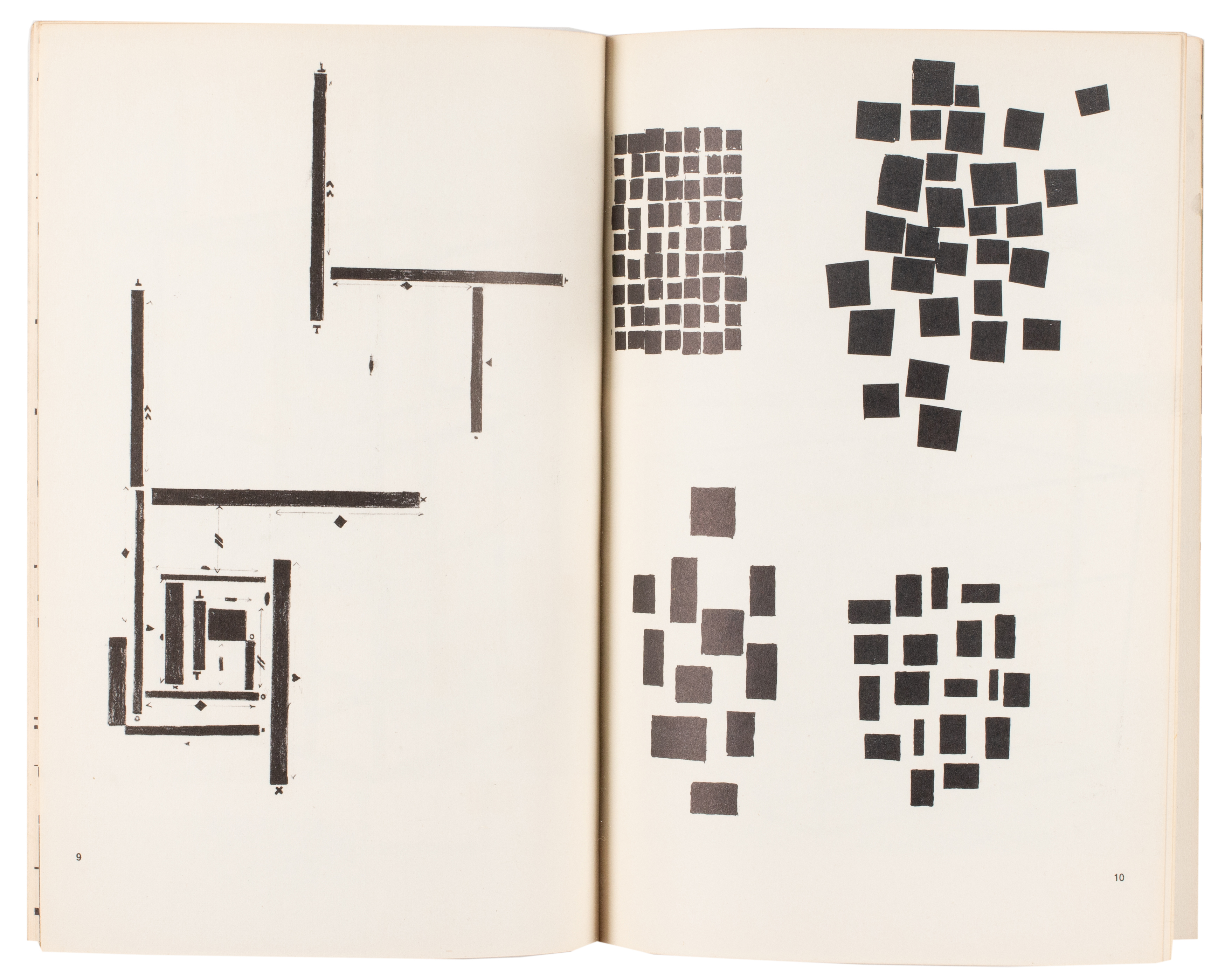
![Georges Mathieu. Catalogue [together with:] Original...](https://media.books.simsreed.com/img/stockimages/sized/35268.jpg)
